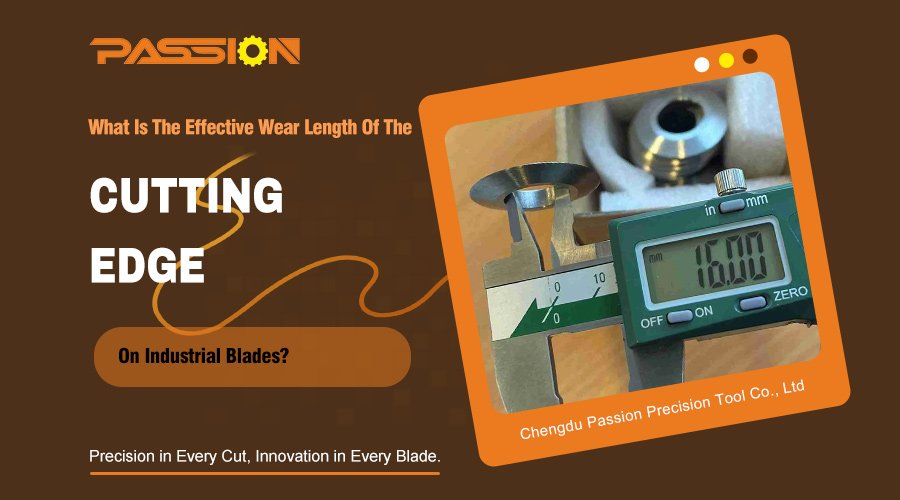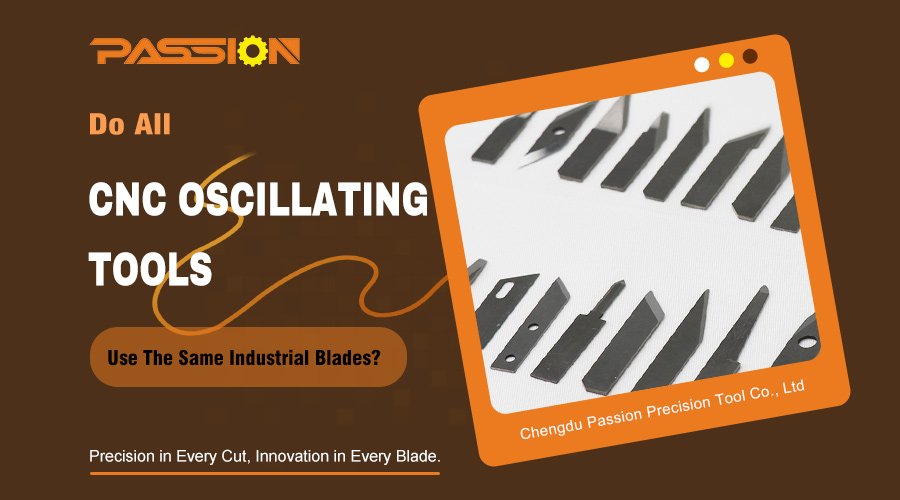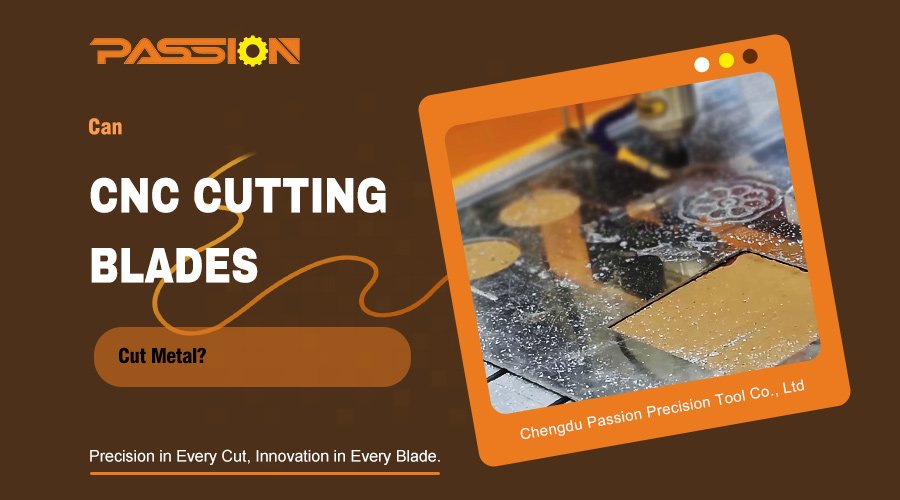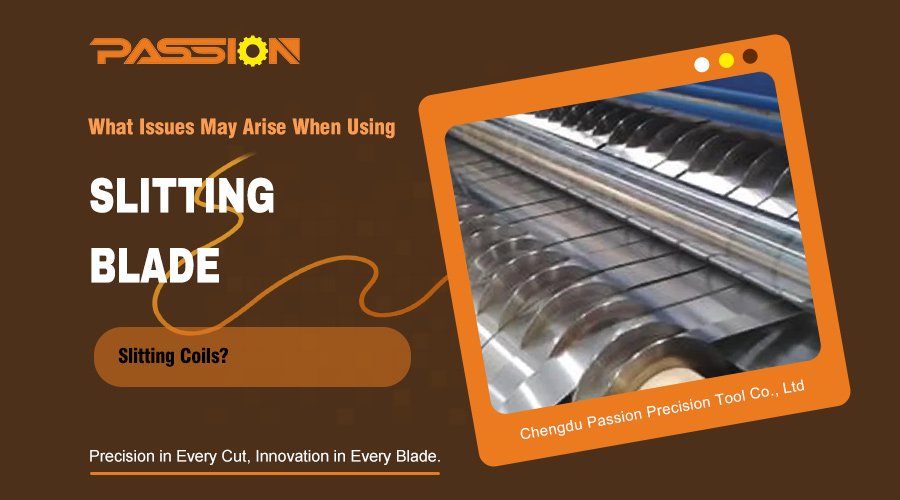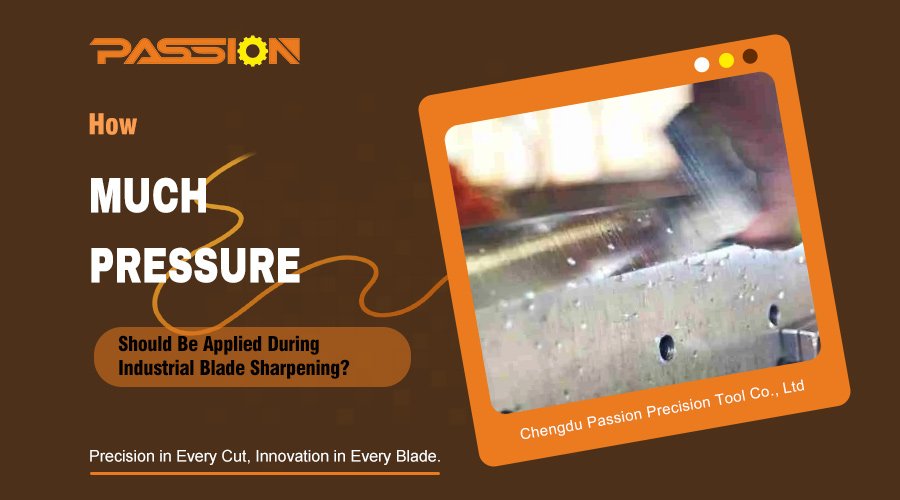Low carbon steel is widely used across industries for its affordability and ease of fabrication, but its inherent limitations make it unsuitable for heat treatment aimed at enhancing hardness. This presents a critical challenge for applications like industrial blade manufacturing, where material performance is directly tied to durability and cutting precision. In this article, we’ll explore why low carbon steel falls short for these needs and how understanding its metallurgical properties helps manufacturers choose the right materials.
Low carbon steel cannot be effectively heat treated for hardening because it lacks sufficient carbon content to form martensite, the microstructure that provides increased hardness. With 0.08-0.35% carbon, mild steel does not undergo structural changes during quenching. However, surface-modifying methods like case hardening can improve its wear resistance. In industrial blade applications, such as slitting or carbide blades, low carbon steel falls short compared to higher-carbon or alloyed materials designed for wear-intensive environments.
What Is Low Carbon Steel?
Low carbon steel, also known as mild steel, typically contains 0.08% to 0.35% carbon. Its defining characteristics include:
High ductility and malleability: Suitable for bending and forming applications.
Lower strength and hardness: Unsuitable for wear-intensive roles.
Ease of welding and machining: Makes it a popular choice for structural and low-stress applications.
In industrial blade manufacturing, these properties present significant drawbacks. Blades require sharpness, edge retention, and wear resistance to perform reliably under high-pressure or repetitive tasks. Low carbon steel’s inherent softness and inability to harden uniformly make it inadequate for this role.
What Is Heat Treatment And Why Does It Matter For Blades?
Heat treatment alters a material’s microstructure to achieve specific properties, such as improved hardness, strength, or wear resistance. Common processes include:
Annealing: Reduces hardness and improves machinability.
Quenching: Increases hardness by rapidly cooling the material to trap a harder microstructure.
Tempering: Adjusts brittleness and strength after quenching.
For industrial blades, heat treatment is essential to achieve the sharpness and durability required for cutting and slitting tasks. However, these processes rely heavily on the material’s carbon content to trigger structural changes, making low carbon steel ill-suited for such treatments.
The Role Of Carbon In Heat Treatment
Carbon content is a critical factor in determining a steel’s ability to harden through heat treatment. Here’s why:
Martensite Formation: Carbon allows steel to transform into martensite during quenching, which is key to achieving hardness.
Critical Carbon Threshold: Steels with less than 0.3% carbon fail to form significant amounts of martensite, rendering heat treatment largely ineffective.
Low carbon steel, with its minimal carbon content, retains its ductile ferrite-pearlite structure even after quenching, preventing the hardness needed for cutting-edge applications.
Why Can’t Low Carbon Steel Form Martensite?
Martensite formation occurs when steel is rapidly cooled from its austenitizing temperature (typically around 800–900°C). For this transformation to occur:
Sufficient Carbon Content: At least 0.3% carbon is required to create a stable martensitic structure.
Controlled Cooling: Quenching traps carbon in the lattice, creating a hard but brittle microstructure.
Low carbon steel lacks the necessary carbon atoms to facilitate this transformation. Instead, it retains its soft ferrite-pearlite microstructure, making it too ductile for use in demanding applications like industrial blades.
Alternative Strengthening Methods For Low Carbon Steel
While traditional heat treatment methods fail to harden low carbon steel effectively, alternative processes can enhance its surface properties:
Case Hardening: Adds a hard outer layer by infusing carbon or nitrogen into the steel’s surface.
Carburizing: Increases carbon content at the surface to create a wear-resistant layer.
Nitriding: Adds nitrogen for surface hardening without requiring quenching.
These methods provide limited benefits, as they enhance surface hardness without improving the steel’s core strength. For industrial blades requiring through-hardened properties, these techniques are insufficient.
Why Higher Carbon And Alloyed Steels Are Preferred For Industrial Blades
Industrial blades demand materials capable of enduring high wear and maintaining sharpness over prolonged use. Higher-carbon and alloyed steels provide the necessary properties:
Higher Carbon Steels (0.6%–1.0%): Achieve superior hardness and edge retention through heat treatment.
Alloyed Steels (e.g., chromium, vanadium blends): Offer enhanced toughness, corrosion resistance, and thermal stability.
These steels are heat-treated to optimize their microstructures for durability, making them ideal for slitting and carbide blade applications. Their ability to withstand repetitive stress and wear ensures optimal performance in industrial environments.
The inability of low carbon steel to undergo effective heat treatment stems from its low carbon content, preventing the formation of martensite necessary for hardening. While alternative processes like case hardening can enhance surface properties, they fail to deliver the core strength and durability required for industrial blades. By understanding the metallurgical properties behind material performance, manufacturers can make informed decisions to select steels that meet the rigorous demands of industrial blade applications, ensuring cutting-edge quality and efficiency.


